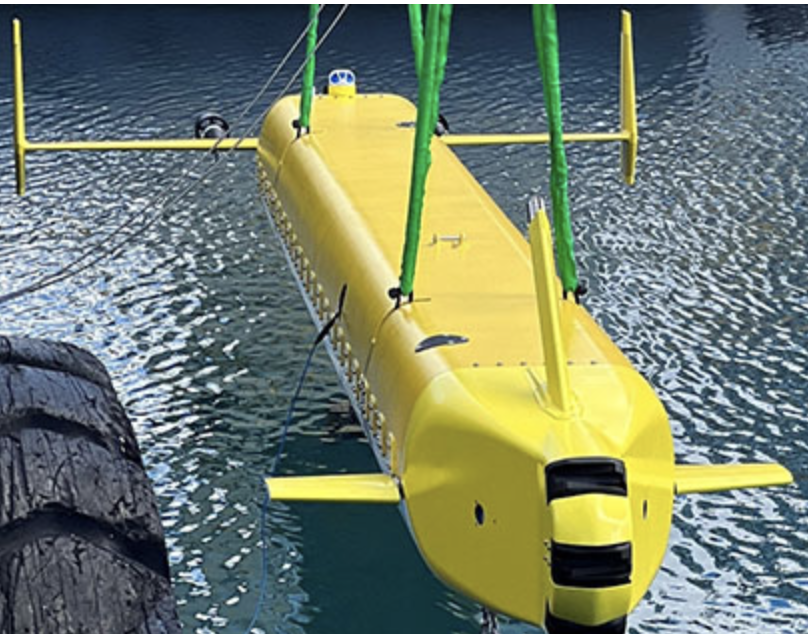(:notitlegroup:)
@inproceedings{nams2015,
title = {On-line adaptation of underwater acoustic transmission rates to optimize
communications for collaborative AUV missions},
booktitle = {OCEANS 2015 - MTS/IEEE Washington},
author = {Dainis Nams and Mae L. Seto and John J. Leonard},
pages = {1-8},
month = {October},
year = {2015},
keywords = {autonomous underwater vehicles;modems;underwater acoustic
communication;autonomous underwater vehicle;collaborative shallow water AUV
mission;communication environment condition;communication layer
visibility;communication optimization;data transmission;modem power draw
reduction;online communication environment estimation scenario;robotics
community;software database;underwater acoustic transmission rate online
adaptation;Acoustics;Adaptation models;Bandwidth;Collaboration;Modems;Phase
shift keying;Vehicles},
abstract = {A framework for on-line characterization of, and intelligent adaptation to,
changing communication environment conditions is implemented on autonomous
underwater vehicles (AUVs). Adopted by the authors to optimize use of the
communications channel during collaborative shallow water AUV missions, this
framework has application to a variety of on-line communications environment
estimation scenarios within the robotics community. A software database tracks
the success of data transmitted between multiple agents, providing
communications layer visibility into current channel conditions. In the
author's AUV implementation, a rate selector chooses optimal transmission
rates given current conditions. Outcomes are improvements in bandwidth,
reduction in modem power draw, and increased visibility into data success
compared to traditional, constant-rate acoustic communication patterns.}}
